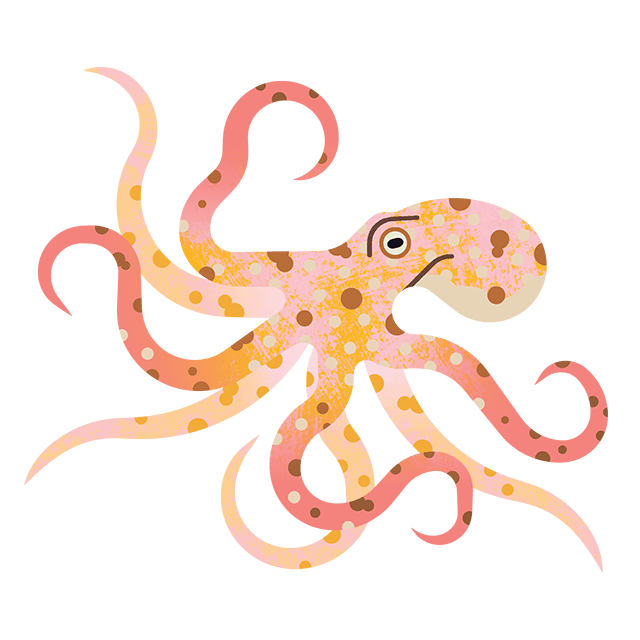
How to buy the Big Five: Cod, haddock, salmon, tuna and prawns
3 minute read
80% of the seafood we eat in the UK is made up of just five species: cod, haddock, salmon, tuna and prawns.
Ideally, we should eat a wider variety of sustainably caught and farmed fish, but if you're keen to stick with the familiar – or nothing else is available – here's what you need to know.
Cod
There are actually two species of cod: Atlantic - which is the one we’re all familiar with, and Pacific, which isn’t often seen in the UK.
Atlantic cod is one of the UK's favourite fish, often found in fish and chips. It's a cold-water fish that is generally wild-caught rather than farmed. UK stocks are doing very badly as a result of overfishing, and scientists believe climate change could be playing a part, too. Stocks from Iceland and the Northeast Arctic are healthy and are currently fished at sustainable levels.
- Atlantic cod from Northeast Arctic, Iceland or Norway
- MSC-certified cod
What to avoid:
- Atlantic cod from UK seas, including the North Sea
Haddock
Also a chip shop favourite, haddock is generally a sustainable wild-caught option. However, some stocks are running low and haddock often swim in the same areas as cod, meaning that haddock fisheries may catch both species.
- Haddock from the North Sea
- Haddock from Iceland
- MSC-certified haddock
Salmon
There are several different species of salmon, and we see a few of them in UK supermarkets. This includes Atlantic salmon, and some species from the Pacific Ocean, such as: keta (aka 'chum') salmon, red (aka 'sockeye') salmon, and pink (aka 'humpback' or 'spring') salmon.
They are all popular for their tasty, pink flesh packed full of omega-3 fatty acids. These versatile fish can be wild-caught (in oceans and rivers) or farmed. Both methods have some issues.
Atlantic salmon is struggling in the wild and numbers are dangerously low, whilst some farming methods still have environmental problems. Farmed salmon are also fed wild-caught fish as part of their diet, which may not be sustainably sourced. Most of the salmon found in the chiller aisle in UK supermarkets will be Atlantic salmon, and is farmed mainly in Scotland and Norway.
Pacific species are doing much better in the wild, and are usually caught rather than farmed. These are most commonly found in the tinned aisle.
- Pink, red or keta salmon, caught in Alaska and certified by MSC
- Organic or ASC-certified farmed Atlantic salmon
What to avoid
- Wild-caught Atlantic salmon
Tuna
Tuna are a top predator that can grow up to 3m long and weigh as much as a horse! All the tuna we eat is caught from the ocean, not farmed.
There are lots of different species and some are more sustainable than others. All bluefin tuna is either endangered or vulnerable. Skipjack and albacore (commonly used in tinned tuna) are usually the best choices, but it depends on fishing methods. Some tuna are caught by gillnet which can be 10km long have high levels of bycatch (including dolphins, sharks, turtles and seabirds). A 'dolphin safe' label unfortunately means very little.
Best choice:
- Skipjack tuna (caught in the Indian Ocean by pole and line, or MSC-certified)
- Albacore tuna
What to avoid:
- Southern or Pacific bluefin tuna
- Any tuna caught by gillnet or drift net
- Farmed/ranched bluefin tuna
Prawns
Sourced from all over the world, prawns can be sustainable, depending on what species they are, and where and how they're caught or farmed.
The small, Northern (aka coldwater) prawns that are often found in sandwiches and prawn cocktails are usually caught in the North Sea or Arctic. You can spot these as they are usually smaller than a 20p coin. The large king or tiger prawns, which are found in many dishes from platters to curries, are mainly farmed in the tropics.
Prawn farming can seriously damage the local environment, and uses wild-caught fish as feed, which can impact wild fish populations.
Best choice:
- Northern prawns
- Farmed prawns with an EU organic or Soil Association label
What to avoid:







